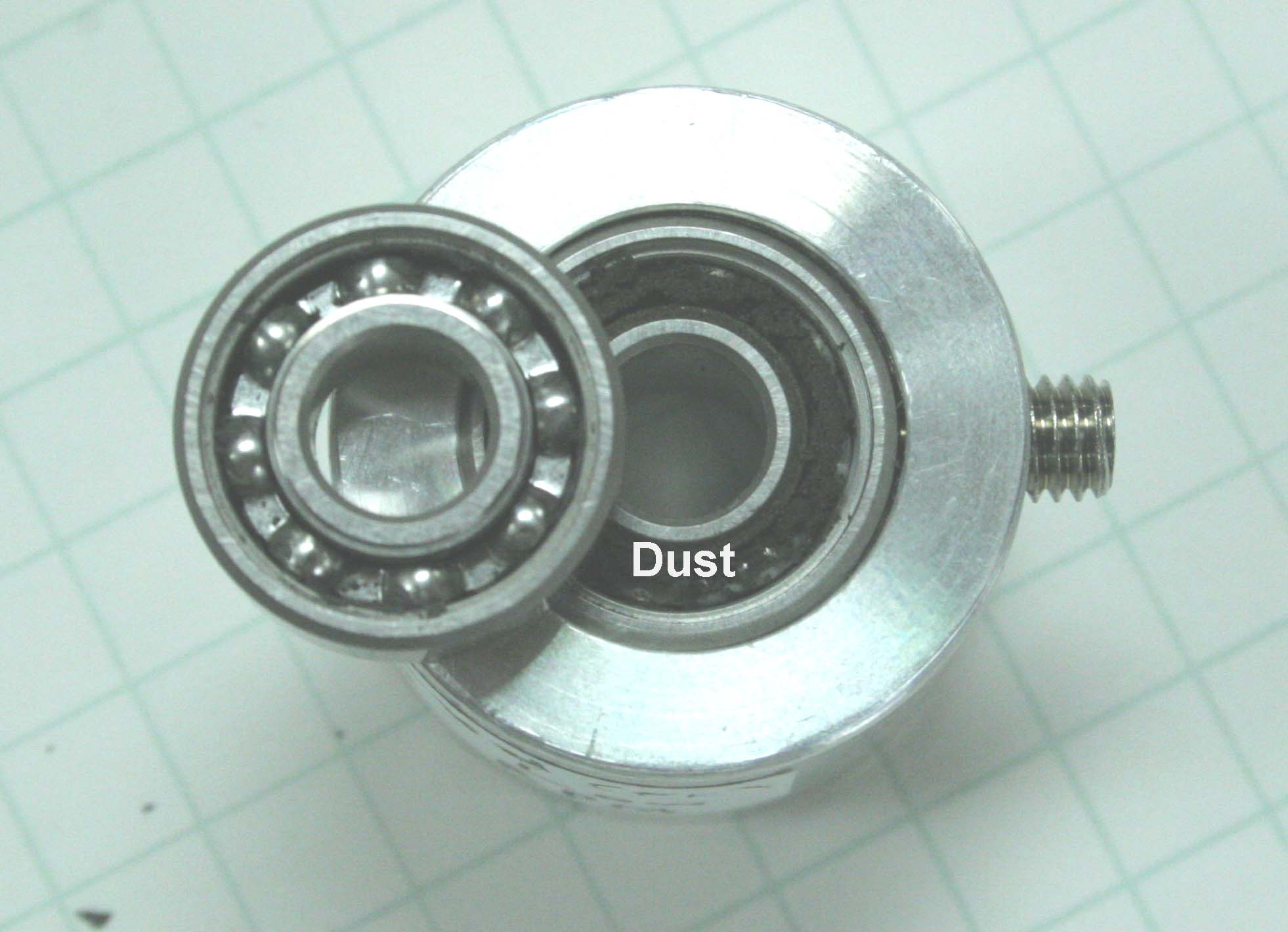Dr. Matt Marone
Mercer University, Department of Physics 1400 Coleman Ave. Macon GA 31207
Phone: 478-301-2597, FAX: 478 301-2598, e-mail:marone_mj@mercer.edu
Dr. Matt Marone
Mercer University, Department of Physics 1400 Coleman Ave. Macon GA 31207
Phone: 478-301-2597, FAX: 478 301-2598, e-mail:marone_mj@mercer.edu
 |
 |
 |
 |
 |
| Phy161 General I | Phy162 General II | Phy141 General I | Phy 115 Astronomy |
Soda Bottle Speaker |
As a Faculty
member at
Mercer, I have the freedom to combine my interest in physics with other
areas
of the natural sciences, and humanities. For example, I
teach in
the Great Books
program. Some of the other classes I teach include Astronomy and
the
Acoustical Foundations of Music. I am the faculty advisor for the
Mercer Astronomy Club.
My current
research
interests are in the areas of Space Resources and the History of
Science- the
very old and the very latest technologies. In space resources we
try to
understand how humans can use resources beyond the Earth to enable
space
exploration and colonization. I am particularly interested in the
area
of In Situ Resource Utilization (ISRU) for space
exploration. The best way to describe ISRU is as living off the
land, but
the land happens to be the Moon or Mars.
For the past
few summers I
have worked with the Space Resources group at NASA/ Marshall Space
Flight
Center. This work was shown on the NASA documentary Series Focus
on
Click to
view Focus
on Marshall episodes, or here
to load our episode.
As everyone
knows, NASA
plans to go back to the Moon.
If we are serious about a sustained or long term presence on the Moon
we have
to solve some technical problems. These problems include the need
for
life-support, construction materials and ways of dealing with lunar
dust.
It is not cost effective to import material from the Earth. To
provide
oxygen for life-support and propellant we can turn to the Moon
itself.
Many people are surprised to find that there is oxygen in lunar
rocks.
Our group is studying ways to extract this oxygen. Dr. Randy Korotev has
a very nice web
page that explains the chemistry of lunar rocks and how they differ
from
terrestrial rocks. Lunar rocks and regolith contain silicon,
iron,
aluminum, titanium and other useful materials. It is possible to
extract
these materials as well. Silicon is the main component of solar
cells and
some researchers have suggested manufacturing solar cells from lunar
regolith. Metals found in the regolith might be used as
structural
materials or in electrical devices.
NASA
is well aware of problems associated with lunar dust. Our
first
moonwalkers quickly discovered that it stuck to everything. The
dust is
abrasive and particles can be smaller than one micrometer. This
creates
all sorts of engineering problems. Back in the Apollo era,
astronauts
collected lunar samples that were supposed to return to Earth in a
sealed
vacuum flask. Unfortunately, lunar dust damaged those seals and
the
material was exposed to atmospheric contamination. I have done
some work
on the problems associated with lunar dust getting into bearings.
For our
experiments we do not use actual lunar dust. Several simulants
have been
produced from terrestrial materials. Actual lunar material is
very rare
so we use simulants to conduct our experiments. These simulants have
mechanical
properties similar to lunar materials. Shown below are several
links with
more information on the Lunar dust problem.
The
Smell of Moon Dust from the Apollo Chronicles
Here is a photo of a
bearing that has been exposed to lunar simulant. The bearing on the
left is clean and the bearing on the right shows a large amount of dust
collected inside.

To
help the NASA effort, I constructed a device to study bearings that
have been contaminated by
lunar dust simulants . The device spins the bearing at a
particular test
angular velocity, while simultaneously monitoring the torque required
to
maintain that velocity. As the bearing wears, the torque required
to
maintain a constant velocity increases. The bearing also gets hot
and
develops vibrations. Sensors measure the bearing temperature and
record
the vibration spectrum. This device gives us a way to compare
different
bearing designs and lubricants.